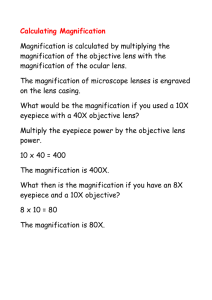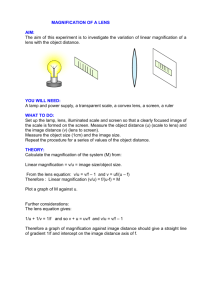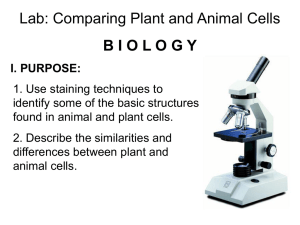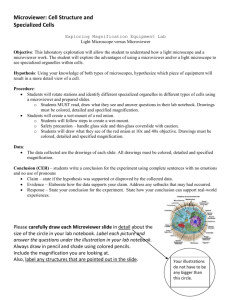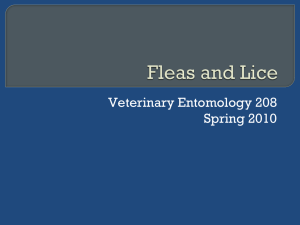Week 2 Lesson 3 What`s special about a lotus leaf?
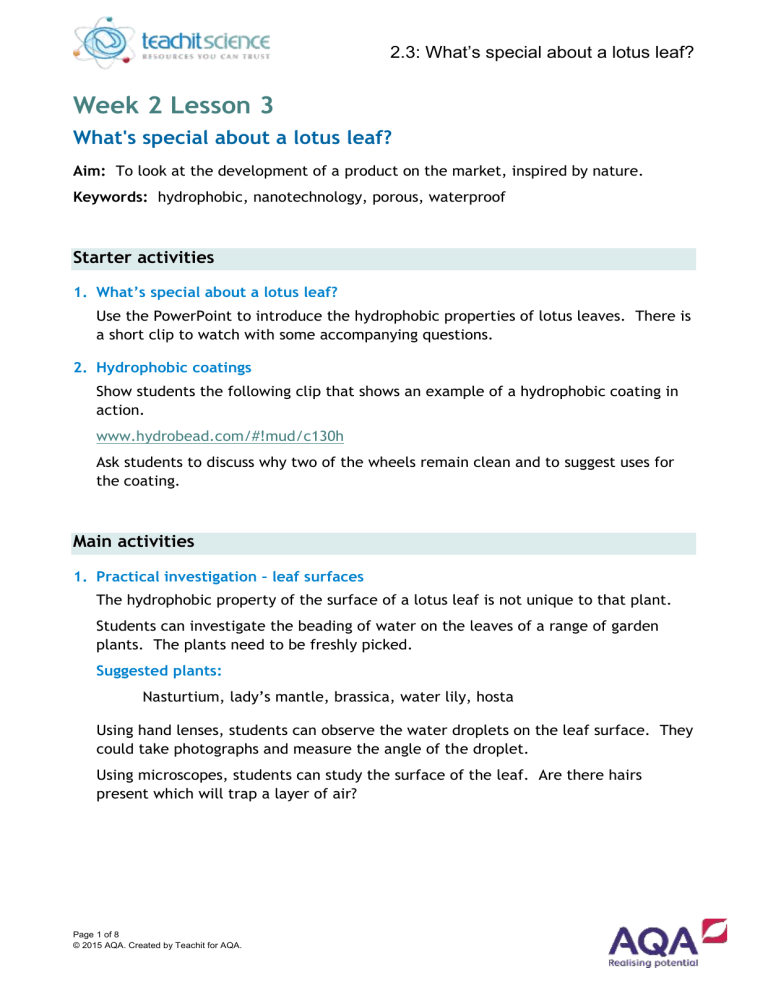
2.3: What’s special about a lotus leaf?
Week 2 Lesson 3
What's special about a lotus leaf?
Aim: To look at the development of a product on the market, inspired by nature.
Keywords: hydrophobic, nanotechnology, porous, waterproof
Starter activities
1.
What’s special about a lotus leaf?
Use the PowerPoint to introduce the hydrophobic properties of lotus leaves. There is a short clip to watch with some accompanying questions.
2.
Hydrophobic coatings
Show students the following clip that shows an example of a hydrophobic coating in action. www.hydrobead.com/#!mud/c130h
Ask students to discuss why two of the wheels remain clean and to suggest uses for the coating.
Main activities
1.
Practical investigation – leaf surfaces
The hydrophobic property of the surface of a lotus leaf is not unique to that plant.
Students can investigate the beading of water on the leaves of a range of garden plants. The plants need to be freshly picked.
Suggested plants:
Nasturtium, lady’s mantle, brassica, water lily, hosta
Using hand lenses, students can observe the water droplets on the leaf surface. They could take photographs and measure the angle of the droplet.
Using microscopes, students can study the surface of the leaf. Are there hairs present which will trap a layer of air?
Page 1 of 8
© 2015 AQA. Created by Teachit for AQA.
2.3: What’s special about a lotus leaf?
2.
Practical investigation – hydrophobic coatings
Hydrophobic coating products are available at a reasonable cost from DIY stores.
Compare the hydrophobic coating with other more traditional water repellent coatings e.g. car wax, oil or grease. Prepare microscope slides with the coatings prior to the lesson. Students could examine drops of water on the slides using hand lenses.
3.
Magnification activity
Students calculate the actual size of various animals from photographs. Students will need calculators and rulers for this activity.
Differentiation
Some students may need more support with working out the actual sizes of the objects and it may be useful to talk through some examples step by step.
Extension
Ask students to write down the equations they would use to work out:
• the magnification of an object
• the size of an image.
Assessment opportunity
This activity tests a variety of mathematical skills such as measuring and calculations using equations.
Plenary activities
1.
Ask students to sum up what they have learnt today in 140 characters.
Page 2 of 8
© 2015 AQA. Created by Teachit for AQA.
2.3: What’s special about a lotus leaf?
2.
A quick fire magnification quiz
Suggested questions, with answers in brackets.
Work out the length of the actual object in the following: a.
b.
c.
d.
Image = 20 mm, magnification x5 (object = 4 mm)
Image = 4.8 mm, magnification x2 (object = 2.4 mm)
Image = 5.5 mm, magnification x11 (object = 0.5 mm)
Image = 15 mm, magnification x0.5 (object = 30 mm)
Work out the magnification of the object in the following: a.
b.
c.
d.
Object = 17 mm, image = 34 mm (magnification x2)
Object = 8 mm, image = 8 cm (magnification x10)
Object = 50 mm, image = 25 mm (magnification x0.5)
Object = 150 cm, image = 500 mm (magnification x1/3)
Assessment opportunity
Check students’ ability to change the subject of an equation by giving them examples in which they work out the magnification of an object.
Page 3 of 8
© 2015 AQA. Created by Teachit for AQA.
2.3: What’s special about a lotus leaf?
Starter 1
What’s special about a lotus leaf? — PowerPoint
Page 4 of 8
© 2015 AQA. Created by Teachit for AQA.
2.3: What’s special about a lotus leaf?
Main 3
Magnification activity — Examples
White crab spider, magnification x3 width of spider in image = 42 mm magnification x3 actual width = image length ÷ magnification
= 42 mm ÷ 3
= 14 mm
The spider is three times smaller than the image.
African white-backed duck (magnification x ¼) width of duck in image = 64 mm magnification x ¼ actual width = image length ÷ magnification
= 64 mm ÷ ¼
= 64 mm x 4
= 256 mm
The duck is two times bigger than the image.
Page 5 of 8
© 2015 AQA. Created by Teachit for AQA.
2.3: What’s special about a lotus leaf?
Magnification activity – Task
Use the information to work out the actual size of the following animals. Write your answers to the nearest whole number.
1.
Fritillary butterfly, magnification x2
Width of butterfly in image = ................................... mm, magnification ...........
Actual width of butterfly= image width ÷ magnification
= ................. mm ÷ ......................
= ................. mm
2.
Rhopalid bug, magnification x3
Length of bug in image = ………………mm, magnification .............................
Actual width of bug = image width ÷ magnification
= ................. mm ÷ ......................
= ................. mm
Page 6 of 8
© 2015 AQA. Created by Teachit for AQA.
2.3: What’s special about a lotus leaf?
3.
Hereford cow, magnification x 1 /
20
How tall is the Hereford cow (measure foot to shoulder)?
4.
Grapes on a vine, magnification x 1 /
2
How long is the bunch of grapes?
5.
Slow worm, magnification x 1 /
3
How long is the slow worm?
Page 7 of 8
© 2015 AQA. Created by Teachit for AQA.
2.3: What’s special about a lotus leaf?
Magnification activity — Answers
Students’ answers will depend on exactly where they have taken their measurements.
Encourage students to mark on the pictures where they have measured. This provides an opportunity to discuss the difficulties of measuring objects accurately.
1.
45 mm
2.
13 mm
3.
118 cm
4.
16.8 cm
5.
22.2 cm
Page 8 of 8
© 2015 AQA. Created by Teachit for AQA.




